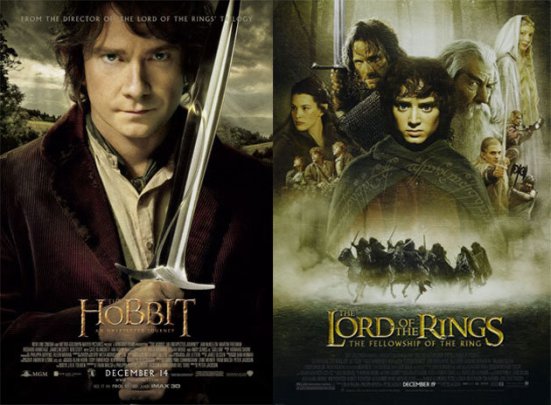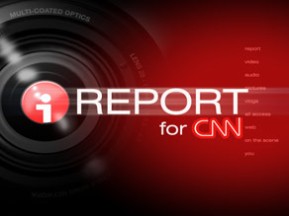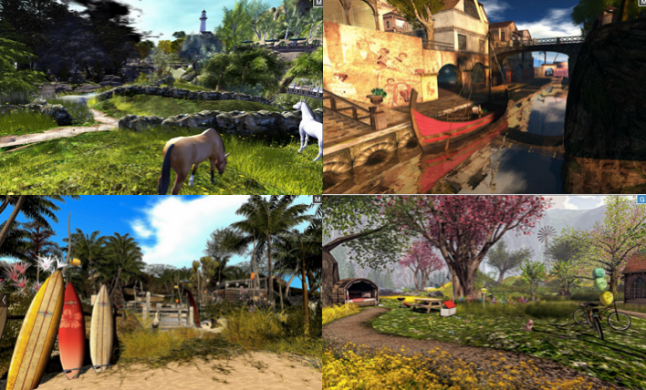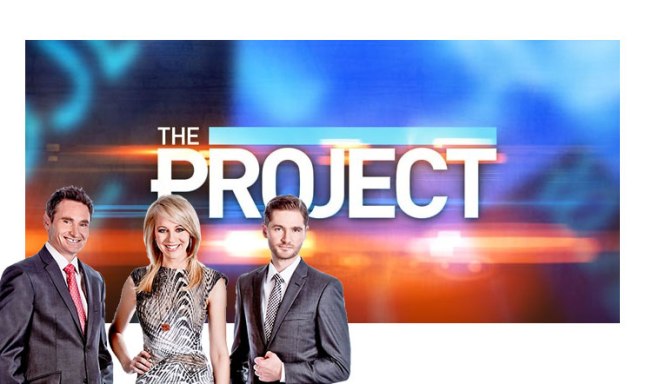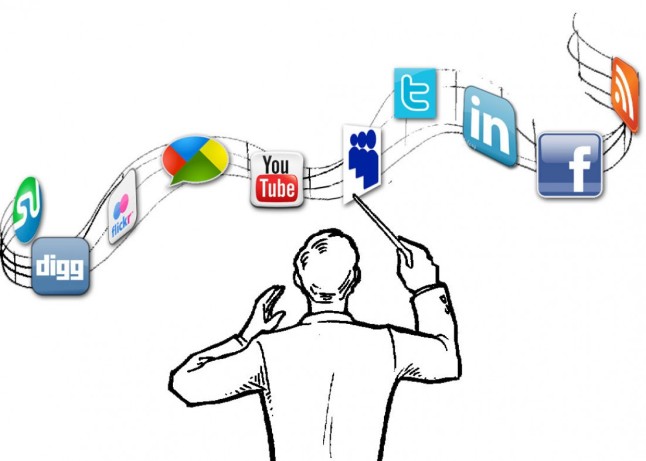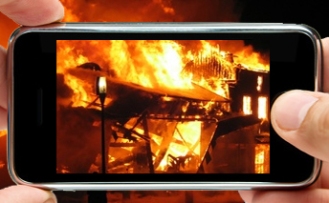Henry Jenkin’s 10 points on transmedia texts and their complex fictional worlds are more easily explained through the analysis of J.R.R. Tolkien’s Lord of the Rings and The Hobbit.
The mystical world of Middle-Earth in LOTR and The Hobbit, has unfolded across six films, comics, books, video games, radio channels, and fan fiction sites. Thus the story has been dispersed ‘across multiple delivery channels for the purpose of creating a unified and co-ordinated entertainment experience’ (Jenkins, 2007). Each of the mediums broaden the audience’s understanding of Middle-Earth. For example, The Hobbit is the backstory to LOTR. It serves both as an introduction to Middle-Earth and as a link between earlier and later events presented in LOTR. Both the books have also been developed into major films which further enhances the viewers’ experience of the narratives. The franchise has also branched into the medium of video games. Now in ‘The Battle of Middle Earth’, “players can explore many different aspects of Middle-Earth from a variety of character perspectives, even ones that are only explored in small ways within the main story” (Bain K, et al, 2011). These extensions of the narrative make a unique contribution to the story. The video games —as well as LOTR toys— also provide its readers with a set of roles and goals which they can ‘assume as they enact aspects of the story through their everyday life’ (Jenkins 2007).
While the movies are catered to a slightly older audience, J.R.R. Tolkien’s story of The Hobbit was originally for children. In 1989 the story was adapted in a children’s comic book series which was published by Eclipse Comics. In the following years, more comic adaptions were produced, including comics written in foreign languages such as German and Italian. These adaptions demonstrate the ways in which the storytelling practices attempt to attract different audiences. This was also done through the radio series of LOTR and The Hobbit in the 1960s and 1980s.
The extensive and complex nature of Middle-Earth enables readers to creatively engage with their own imaginations and create their own stories. The original stories essentially introduce potential plots with which the audience can speculate, elaborate and play upon. LOTR and The Hobbit fan-fiction sites enable fans to ‘fill in the gaps’ they have discovered in the original stories (Jenkins, 2007). Similarly, the virtual world of Second Life also invites audience participation. Considering you can make absolutely anything on Second Life, it would be possible for users to create their own virtual Middle-Earth. This means users can have the power to control, dictate and produce their own unique narratives. However, the main potential limitation to this creative use of Second Life would be the issue of copyright. Nevertheless, Second Life does provide its users with the ability to ‘role play’ in the virtual world.
Watch this video to uncover the parallels between LOTR and The Hobbit.
References:
Bain K, et al, 2011, ‘Transmedia and Crossmedia Convergence in a Connected World’, Convergenceishere, viewed 18 April 2014 < http://convergenceishere.weebly.com/lotr-and-eragon.html>.
Jenkins, H 2007, ‘Transmedia Storytelling 101’,< http://henryjenkins.org/2007/03/transmedia_storytelling_101.html>
Video
Frodo Baggins 2013, Lego Le Seigneur Des Anneaux / Le Hobbit Bande Annonce De Transition, video, YouTube, 13 September, viewed 19 April 2014, < https://www.youtube.com/watch?v=Z3DXtc8Vobg>.
IGN 2013, Connections Between The Lord of the Rings and The Hobbit, video, YouTube, 17 December, viewed 19 April 2014 < https://www.youtube.com/watch?v=x9BzM1xQeBw>.
Ullyses Gordon 2010, What is TransMedia?, video, YouTube, 17 October, viewed 18 April 2014 < https://www.youtube.com/watch?v=o9uX_65IFpY>.

